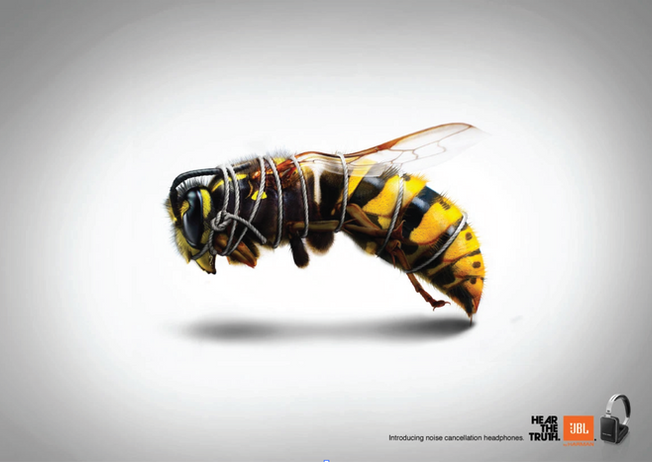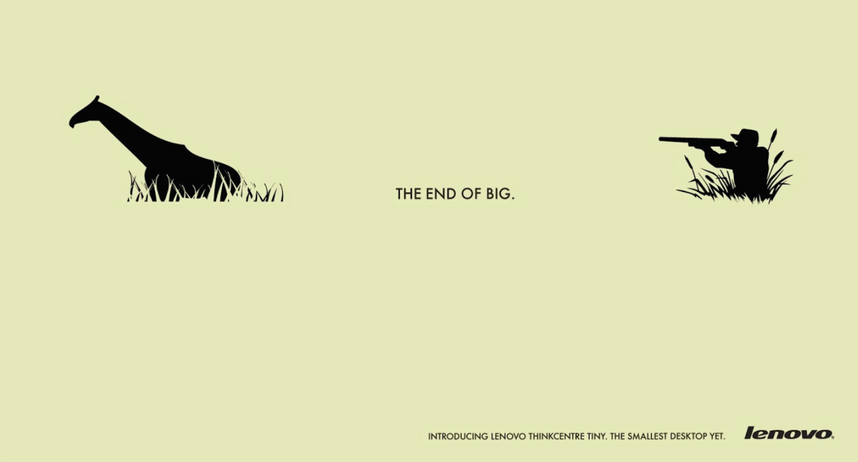
Thanks to ICICI Credit Card, He Became a Creative Director
Of course, it's a strange way to become a creative director—but not an impossible one. He proved it's possible. So, we have to accept it.
Flash back
It was almost 22 years ago. He was working with a graphic design company as a junior resource. You know what a junior graphic designer usually earns—not much. Most of the time, it wasn't even enough to cover his essential evening drinks—with or without ice cubes.
So, he started depending on his ICICI credit card. Almost every month, he maxed it out, managing only to pay the minimum due. The rest piled up—just like his creative experience. But the credit card bill often grew faster. Eventually, he had to look for another job. Thanks to the credit card. One day, after a heavily drunken night, he reached the office late. The boss politely asked, “Why are you late?”
“I’m learning computers,” he replied. The supportive boss nodded and said, “Then why don’t you design on a computer?” Alas, he had never touched a computer before. Bad luck. He silently cursed his quick excuse. But this job was important. His credit card bill was growing along with him. So, he went to a computer training center, learned the basics, and started designing digitally. That added to his struggles—badly.
One night, he took a bus to Bangalore to join a friend, in search of more money to pay off his bills. He landed in the big city but faced rejection after rejection—even for basic studio jobs. No great work, no big opportunities.
reative director of the studio went on leave. The owner, perhaps out of desperation, asked him to take a shot at a first route for a big client. It was an opportunity. He didn’t want to miss the bus. He took it up, developed a few creative routes. Wow. That was awesome. The internal team approved it quickly—and so did the client. That month, for the first time, he paid off his credit card bill in full. And that’s how his journey to becoming a creative director began.
That success lasted a few more months. Just a few. He now wanted to join a bigger company. He called a friend. The friend said, “Send me your portfolio.” Portfolio? What the hell is that? First, he asked himself. Then, he dared to ask his friend. His friend explained. He gathered a few of his works and made a rough draft. Sent it across. Shit. He got his first outright rejection. But he wasn’t ready to give up. He imagined a few clients, created fictional briefs, developed a series of ads, and designed his own portfolio. It looked good. Really good. Soon, he got a call from Ogilvy—every creative’s dream.
A few rounds of interviews followed. Nothing went wrong. Then came the final round. The legendary Scott Mollen came online to meet him. He had already reviewed the portfolio. He took one look at him and said, “Yeah… he’s the guy with long hair. Appointed.” He got the job. And from there, he went on to work for bigger brands—Lenovo, ITC, Himalaya, Tata Tea, and more. Then one day, a brief landed on his desk: Create a campaign for the world’s biggest billboard. A 3-km-long billboard in Kremlin. The product? A spill-proof keyboard. The brief said that if water spills on the keyboard, it drains through a small pipe.
He had a kick-ass idea, as creative folks say. There was a river beneath the billboard. He designed a pipe from the billboard, with a clever copy suggesting that the water in the river was flowing from the keyboard itself. That was a decisive moment. He went on to work with legendary agencies like Lowe Lintas, became the creative director at Sobha, and finally, Burjeel Holdings. The story doesn’t end there. The rest is told by his work—on the next page.











